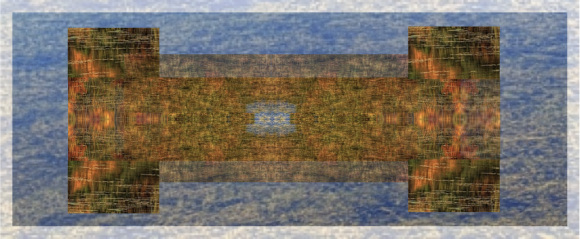I have written quite a few times on this blog about “perspective reversal”: the move that Jung and Hillman frequently make of reminding us that “I had a dream” is phenomenologically untrue. Actually, when we are dreaming, we are immersed in the dream, walk around it and it would really be more adequate to say that the dream “had me”. Only later, when awake and remembering it, the reversal of the possessive expression seems to make sense. But it is an astonishingly widespread way of looking at it in our modern world.

Interestingly, this seems not to have been so always. E. R. Dobbs notes in his classic The Greeks and the Irrational that
The Greeks never spoke as we do of having a dream, but always of seeing a dream — ὄ𝜈αρ ἰ𝛿𝜖ῖ𝜈 (105)
This is not the same as saying “the dream had me”, of course. But it still changes two things. First, the passivity which Dobbs notes: the dreamer, in this way of looking at it, watches the dream happening as if it were a movie. He cannot interact with it, change it, or even decide to look at it from a different angle. (There seem to have been some cases of at least verbal interaction, but that’s about it.) Secondly, the dream retains some autonomy: it’s the dream figures that drive the action.
According to the view behind the notion of perspective reversal, the dream then adds two further things: it changes the subject of the dream, too, and it immerses the dreamer, in the sense that the dreamer is walking around in the dream under the impression that this is their world. Or, to put it differently, the dream transforms both the world and the subject that is in that world and interacts with it (the dream ego is not the ego personality, doesn’t have memories and habitual behaviors).
Compared to “seeing the dream”, this is like the difference between watching a movie and playing an immersive video game. The latter immerses us in the world, and it replaces the subject with an avatar, who is the actual one who acts in the world. (As Sartre, in The Imaginary, puts it: “we irrealize ourselves” in order to interact with the world of irreal objects.)
Might we say, then, that in our modern world (and given perspective reversal), we have a sort of progress in “dream technology”? Taking one step further we might consider lucid dreaming, where the dreamer can even shape the dream world to a degree. This assimilates the dream experience even more to that of experiencing an imaginary world.
But this would sit awkwardly with the supposed autonomy of the dream world. From the “technology” point of view, that autonomy is not real: it is always an illusion. Rather, the dream world is imagined, and we can mask this fact to some degree from ourselves. Perspective reversal, then, would in effect not correct something: it is itself a way this masking is effected (perspective reversal means to say: “the dream had me” rather than “I had a dream”, i.e. “I imagined things”).



